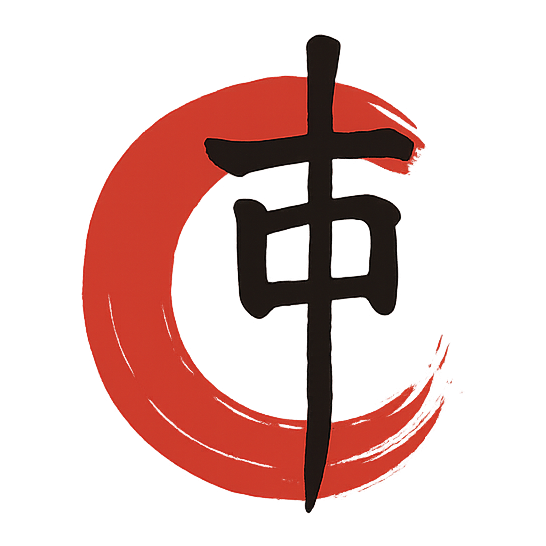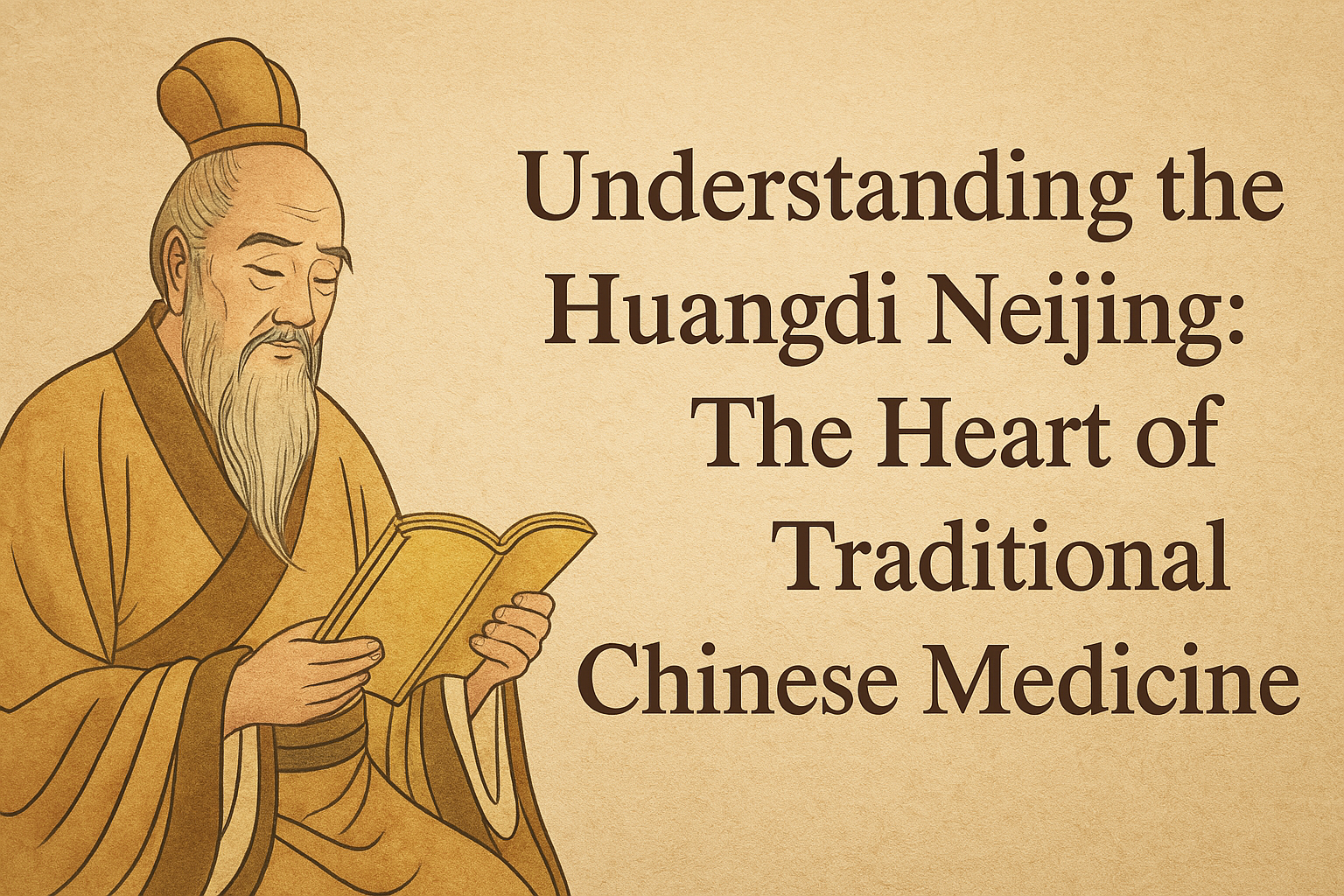The Huangdi Neijing, also known as the Yellow Emperor’s Inner Canon, is considered the cornerstone of Traditional Chinese Medicine (TCM). Written around 2,000 years ago during China’s Warring States and Han Dynasty periods, this ancient text has profoundly shaped medical philosophy, diagnostic methods, treatment approaches, and health practices across centuries.
Historical Background and Composition
The Huangdi Neijing is traditionally attributed to the legendary Yellow Emperor (Huangdi), though its actual authorship remains anonymous and collective. The text is structured into two essential parts:
- Suwen (Basic Questions): Offers foundational medical theories, diagnostic principles, and insights into prevention, physiology, pathology, and holistic medicine. It provides dialogues on maintaining health through balance with nature, understanding the cycles of Yin-Yang, and aligning lifestyle with seasonal rhythms.
- Lingshu (Spiritual Pivot): Primarily focuses on acupuncture, exploring the body’s meridian systems, acupuncture points, and therapeutic techniques. It explains how internal energies (Qi) flow and how regulating these flows can restore health.
Together, these texts form the philosophical and clinical basis of TCM, integrating medical knowledge with philosophical reflections about life and the universe.
Core Philosophies and Insights
Central to the Huangdi Neijing are two philosophical concepts: Yin-Yang theory and the Five Elements theory. Yin-Yang represents dual forces that are opposite yet complementary. Health, according to the Neijing, depends upon a harmonious balance between these forces within the body.
The Five Elements theory—Wood, Fire, Earth, Metal, and Water—demonstrates interconnectedness and cyclical relationships among organs, emotions, environmental factors, and even seasons. This profound integration of body, mind, and nature underpins much of TCM’s holistic health approach.
Modern Applications and Influence
Today, the Huangdi Neijing remains fundamental to contemporary TCM practice worldwide. Its principles guide practitioners in diagnosing and treating illnesses by addressing root imbalances rather than merely alleviating symptoms. Modern scientific research increasingly investigates the mechanisms behind acupuncture, herbal medicine, and other TCM practices first detailed in this ancient text, bridging historical wisdom with contemporary evidence-based medicine.
Moreover, the Neijing’s philosophy promotes preventive health care, emphasizing lifestyle, diet, emotional balance, and environmental harmony as critical factors for maintaining health and preventing disease.
Cultural Significance
Beyond medicine, the Huangdi Neijing has significantly impacted Chinese philosophy, literature, and cultural traditions. Its teachings reflect broader Taoist and Confucian thought, underscoring harmony, moderation, balance, and natural living. This deep cultural resonance continues to inspire modern explorations into integrative and holistic healthcare approaches.
Conclusion
The Huangdi Neijing is more than a classical medical manual—it is a living repository of wisdom that speaks to the profound interconnectedness between humans and nature. Understanding and applying its teachings continues to offer invaluable insights into achieving lasting health and harmony in modern life.


发表回复